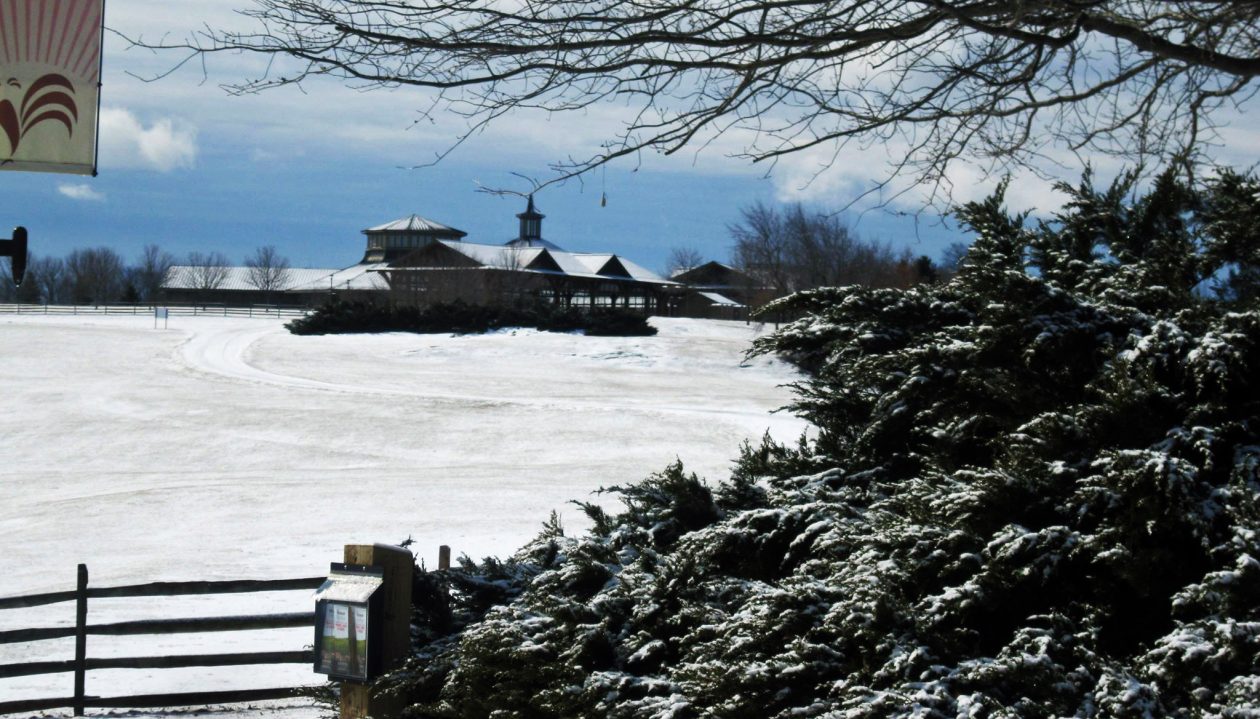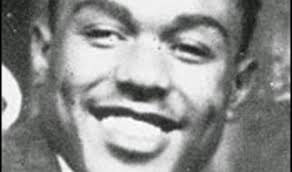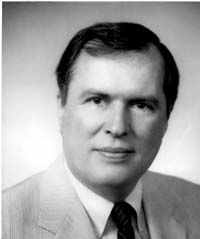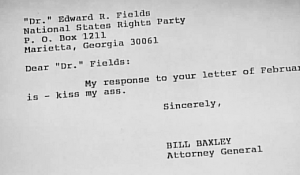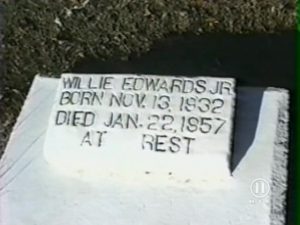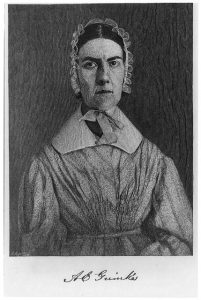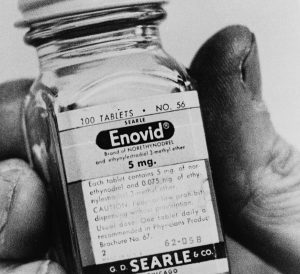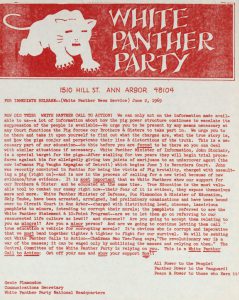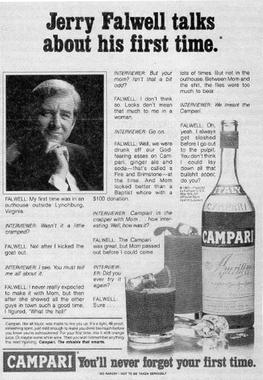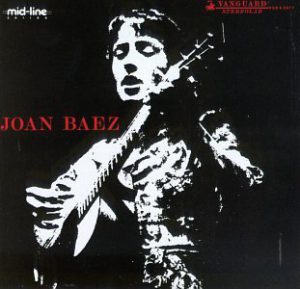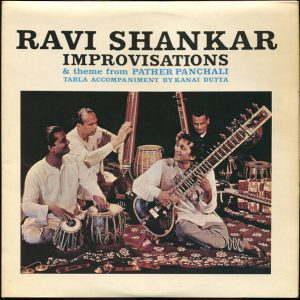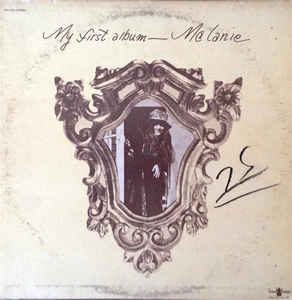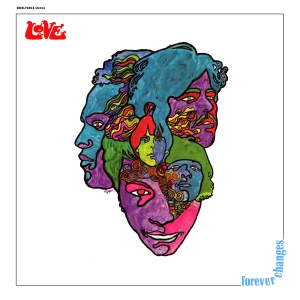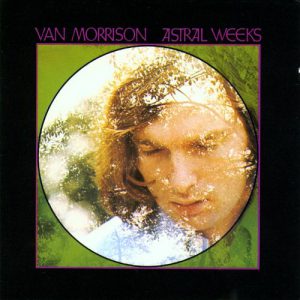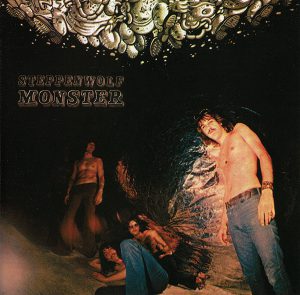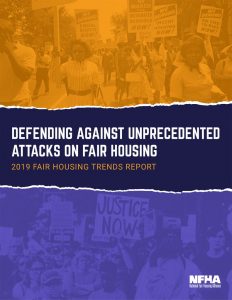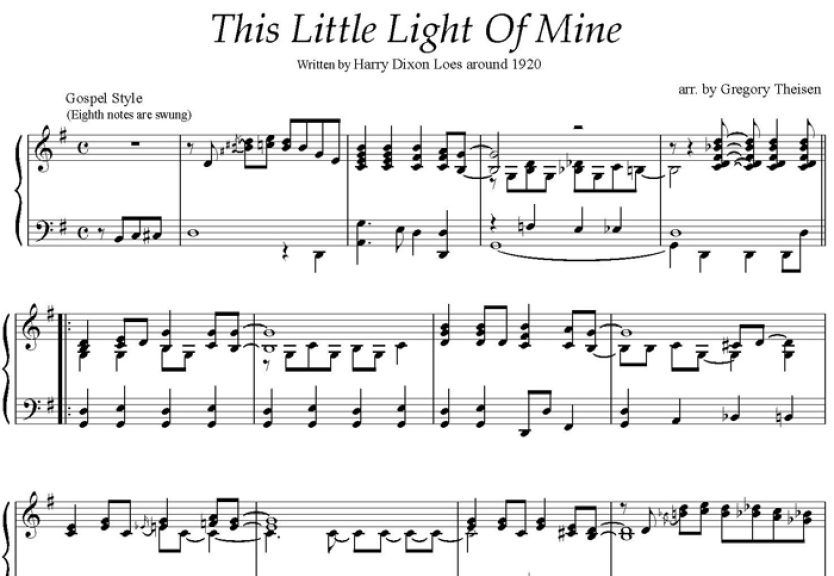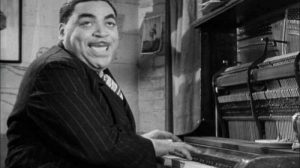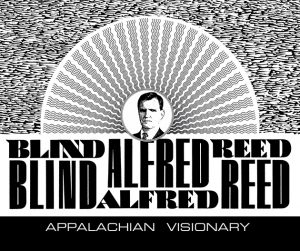KKK Murders Willie Edwards Jr
November 13, 1932 – January 23, 1957
Willie Edwards was 25. His wife Sarah was pregnant with their third child. Winn-Dixie had hired him as a driver just two months earlier, a job he needed not just to support his growing family, but two sisters as well.
His boss asked him if he could substitute on a route. He quickly accepted the offer, happy for the extra income.
On his way back from his evening run to Sylacauga, AL he stopped for a soda. He turned on the truck’s dome light to read his log.
KKK Murders Willie Edwards Jr
Klansmen plan
It was around 11:30 PM. Henry Alexander, Raymond Britt, Sonny Kyle Livingston Jr, and James York sat nearby about to execute their latest terrorist act: kidnap a black man who they’d heard had said “something” to a white woman.
They walked up to Edwards’s truck, pointed a gun at him, and ordered him into their vehicle.
The men shoved and slapped him as they drove. One man pointed his gun at Mr. Edwards and threatened to castrate him. Sobbing and begging the men not to harm him, Edwards repeatedly denied having said anything to any white woman.
When the men reached the Tyler-Goodwyn Bridge, they ordered Edwards out of the car and gave a choice to him: jump or they’d shoot him. Edwards climbed the railing of the bridge and fell 125 feet to his death.
The next morning, Edwards’s truck was found in the store parking lot, the dome light still on. Others assumed him simply missing. Perhaps he’d gone to California, a place he’d always wanted to go.
Fishermen found Edwards’s decomposed body in April and Sarah officially became a widow. The police closed their missing persons case.
Sarah left Montgomery in 1961 and never returned.
KKK Murders Willie Edwards Jr
Attorney General Bill Baxley
Bill Baxley had become Alabama’s Attorney General in 1971. He considered it part of his job to try to uncover evidence of Alabama’s murderous racist past.
In 1976 Edward R. Fields— founder of the “National States’ Rights Party” and “Grand Dragon” of the New Order Knights of the Ku Klux Klan — sent Baxley a threatening letter regarding Baxley’s policy. Baxley famously wrote back, telling Fields, “Kiss my ass.”
KKK Murders Willie Edwards Jr
Raymond Britt
In a conversation with Raymond Britt, Britt told Baxley that he, Britt, had left the Klan after he and the others had killed Edwards.
On February 20, 1976 Baxley gave Britt immunity for his testimony and filed first-degree murder charges against Livingston, Alexander, and York.
Because the cause of Edwards’s death was difficult to determine, the court twice denied the indictments.
“Merely forcing a person to jump from a bridge does not naturally and probably lead to the death of such a person,” Judge Frank Embry ruled.
KKK Murders Willie Edwards Jr
FBI intervenes
The intervention that ended the investigation came from the FBI. It informed Baxley that Henry Alexander was their primary Klan informant in the area and asked Baxley to give him “some consideration.”
“Consideration” was something Alexander had enjoyed many times. Alabama had previously indicted Alexander for four church bombings, the bombings of two homes, and the assault of a black woman riding on a bus, He was never prosecuted.
At that point, unable to proceed with any confidence in a conviction, Baxley abandoned the case against the men and dropped all charges.
KKK Murders Willie Edwards Jr
Henry Alexander’s conscience
Jimmy York died in 1979.
Henry Alexander died in 1993, but before he did he confessed and told the whole story to his wife Diane. One of the things he said was, “That man never hurt anybody. I was just running my mouth. I caused it.”
She was sickened by the story. Ashamed. “Henry lived a lie all his life, and he made me live it, too,” she said. Alexander’s family refused to believe the confession and wanted nothing to do with the revelation Diane wanted.
After Henry’s death, Diane wrote to Sarah Jean Salter who lived in Buffalo, NY. “I hope maybe one day I can meet you to tell you face to face how sorry I am,” the letter said. “May God bless you and your family and I pray that this letter helps you somehow.”
Later she met in person with Melinda O’Neill, Edwards’s daughter, who was three at the time of her father’s murder.
In 1997, as a result of requests by Willie Edwards’ daughter Malinda Edwards, the Alabama Department of Vital Statistics changed her father’s cause of death from “unknown” to “homicide.” (Northeastern University School of Law entry)
A 1999 Montgomery County grand jury declined to indict any of the surviving suspects for the murder of Willie Edwards Jr. (see Feb 14)
Raymond C. Britt died in December 2004
KKK Murders Willie Edwards Jr
FBI re-investigation
In September 1993, the FBI began an investigation into its own possible part in preventing a prosecution of the murder. (NYT article)
On July 9, 2013, the US Justice Department officially closed its investigation with the following statement. It is assumed that the redacted name is that of Sonny Livingston.
The State of Alabama has declined to authorize a third prosecution of XXXX, the only living subject, under Alabama law. It should be noted that additional witnesses and subjects have died since the second grand jury declined to indict based upon insufficient evidence, and all individuals other than XXXXXX alleged to have had direct knowledge of this incident are now deceased. Accordingly, this matter should be closed. The United States Attorney’s Office for the Middle District of Alabama concurs in this recommendation. (justice.gov site)
Other Sources:
New York Times article
